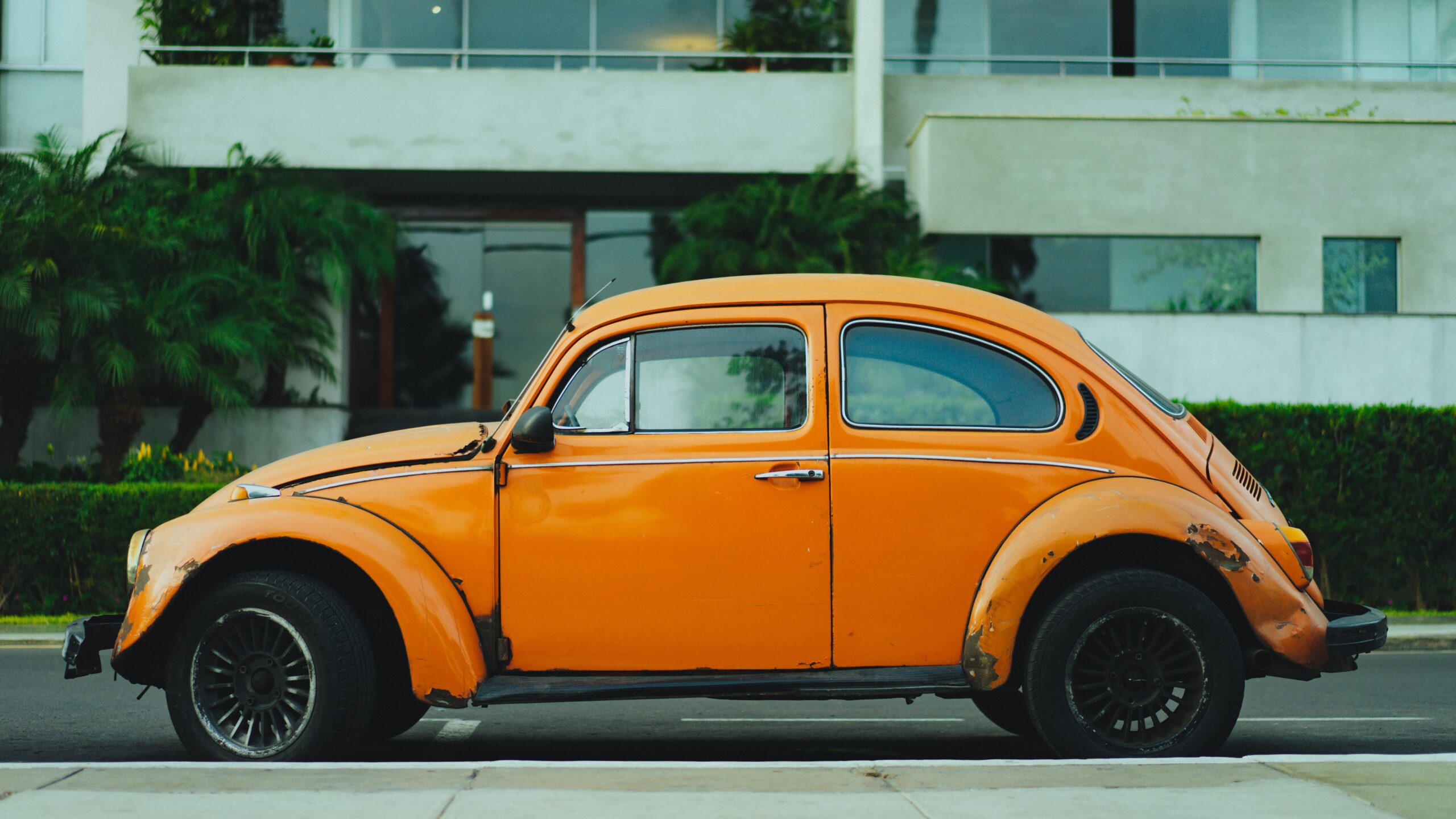 Banco Santander (SAN) barely cared if consumers paid off their auto loans...
Banco Santander (SAN) barely cared if consumers paid off their auto loans...
Back in 2019, the bank bundled about 75,000 auto loans in a bond product called "Drive 2019-3."
Santander assumed that a huge portion of the portfolio would default – around 42%. That was all part of the plan...
You see, banks like Santander make money by collecting as much interest as possible for as long as they can. If and when borrowers default, tracking technology has made it much easier to repossess cars.
This is a contentious model. Many folks argue that it's unethical to charge customers 20% to 30% interest rates with the expectation that they'll default.
Banks view it in a more positive light. Santander said these loans give some people their only chance to own a car... which provides them with greater employment opportunities. Plus, banks feel they need to be compensated for lending to the riskiest borrowers.
No matter how you feel about it, auto loans have become the third-largest consumer lending market. Many of those loans are the same kinds of "subprime" offerings that got our economy into trouble back in 2008.
And as we'll explain, this model is about to boil over... the same way it did in real estate before the Great Recession.
 It seems some lessons didn't stick after 2008...
It seems some lessons didn't stick after 2008...
Banks dragged down the entire economy back then... because they were far too eager to give mortgages to folks who couldn't afford them. They got away with it by selling bundles of these subprime mortgages to investors.
Any individual mortgage in the bundle was risky. When the banks bundled them together, they were able to give them safer overall credit ratings.
Eventually, folks started defaulting on their mortgages... at which point investors realized these mortgage-backed securities were full of bad investments. That's what led to the collapses of Lehman Brothers and Bear Stearns.
The stock market plunged 50%, and we were forced into a recession.
Fast-forward more than a decade, and we have investments like Drive 2019-3. As long as no more than 60% of that portfolio defaulted, all bondholders would make their money back.
Since "only" 25% of the portfolio defaulted, it worked out for them. However, investors in these types of instruments may not be so lucky today...
Subprime car loans backed more than $37 billion in bonds last year – double the amount from a decade ago, according to Bloomberg. Consumers are buried under more debt than ever before. Auto and credit-card loans both just reached record highs.
And overdue subprime auto loans reached a nearly 30-year high in September. We'll likely see far more defaults in 2024 than we did last year.
 In short, the U.S. consumer is cracking...
In short, the U.S. consumer is cracking...
When people have to spend more on essentials like housing, cars, and student loans, it's a tax on the whole economy.
It forces consumers to make tough spending decisions... which slows down spending elsewhere. Eventually, folks run out of places to stop spending. They end up defaulting.
Businesses earn less revenue, subprime lenders start panicking, and layoffs only compound the issue.
This is what we could see from the economy next year. If subprime auto loans get any worse, it could plunge us into a recession... fast.
Regards,
Joel Litman
December 11, 2023
P.S. In today's slow-moving, unbalanced market, it's getting harder to find winning stocks. But while investors should be cautious, there is opportunity... if you know where to look.
The current environment has been a major boon for a group of stocks so rare, we've only found 164 in the past decade. On average, they deliver nearly 4 times higher returns than the S&P 500. Best of all, we're seeing a surge in these opportunities today... just in time for the new year. Learn more here.



 Banco Santander (SAN) barely cared if consumers paid off their auto loans...
Banco Santander (SAN) barely cared if consumers paid off their auto loans...

